Description
How to test the distance function (21 / PDIS) with software resources that facilitate and automate the procedure?
This software performs automatic tests on distance relays. A variety of predefined distance relay models have been registered in the software with their zone characteristics, allowing the user greater facilities for entering test data. However, if the relay is not registered, the feature of the zone can be drawn easily, point to point or using pre-defined zones.
The user can configure the tests specifying which generation channels are directed to voltages and currents, and can also enable Pre-Fault conditions 1 and 2 and a Post-Fault condition.
The tests performed are: Point Test, Verification Test and Search Test. For all tests, it is possible to view the characteristic zone. The software also allows you to direct the Pre-Fault 1, Pre-Fault 2 and Post-Fault pulse conditions to the Binary and GOOSE outputs.
The insertion of each protection zone can occur in three ways. Drawing it point by point, using a generic feature or using the masks of specific manufacturers. With this last feature, the insertion of the characteristic is greatly simplified, leaving the user only to search for the information requested in the specific fields.
The user has the possibility to view, in addition to the characteristics separated by loops (within each test, be it search or point, there are different tabs for each type of fault), Zxt graphs, impedance trajectory, waveforms and phasors. These features are available in both the fetch test and the dot test.
In the point test, it is possible to check the operation time of each zone. The user can insert point to point, defining it graphically or inserting module and angle, resistance and reactance or relative to the line (percentage) for each point. To increase the test automation, it is possible to insert these points in a sequential manner. Another testing methodology allowed here is the verification test, where points are automatically inserted at the tolerance thresholds.
In the search test, the intention is to check the threshold of operation of each zone (pick-up). The user can insert the test line, defining it graphically or inserting module and angle or resistance and reactance for each line. To increase the test automation, it is possible to insert these lines in a sequential manner, scanning all the characteristics.
The user can define the amplitude and angle values of the pre-fault and post-fault situations and the duration time of each one. You can adjust the relationship between ground and phase CTs, displacement and phase CTs as well as their polarities. For the search test, absolute and relative resolutions, reset time and waiting overtime are adjusted.
The pickup generation limits are adjusted by adjusting the maximum current generation values for each channel, minimum voltage value, minimum current, minimum displacement voltage, minimum earth current and minimum negative sequence current. It is also possible to adjust the way the test will be carried out, being: intelligent (current and voltage variation to reach the desired impedance), constant current, constant voltage and constant source impedance, where a source and an impedance are modeled behind the relay (SIR).

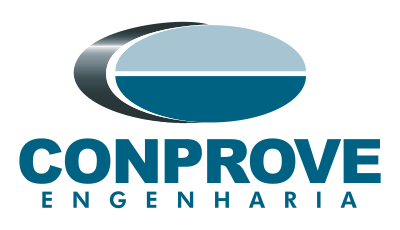

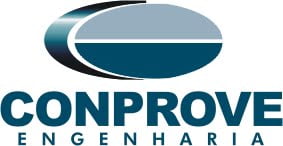


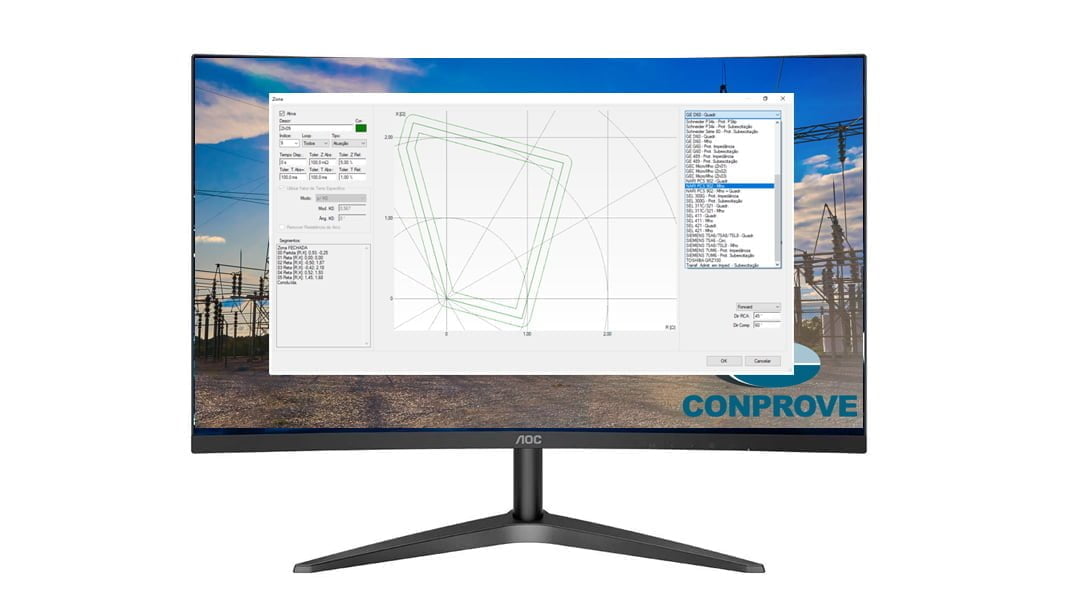
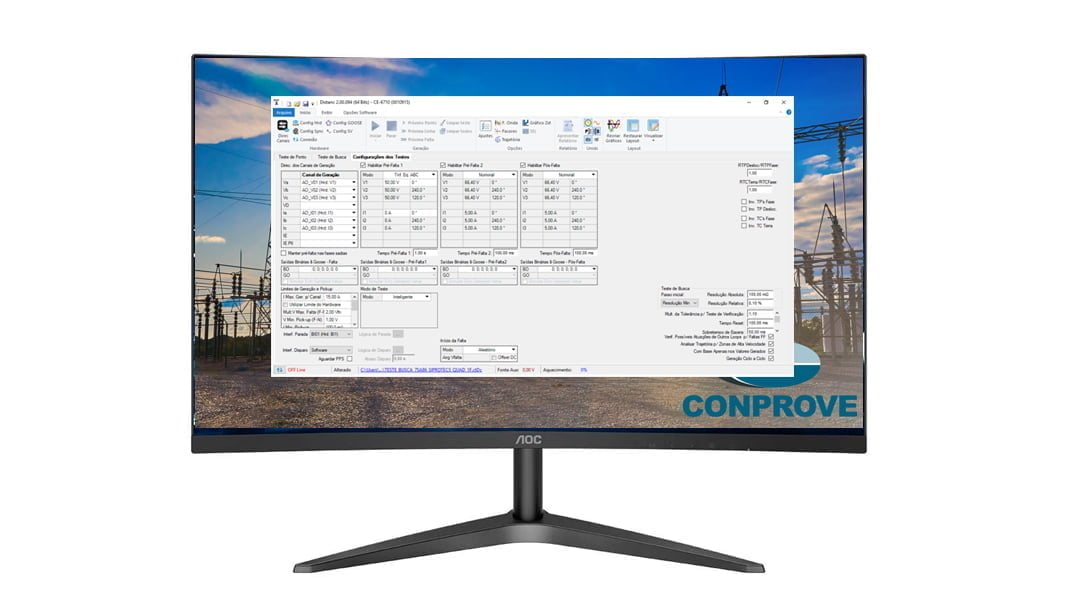

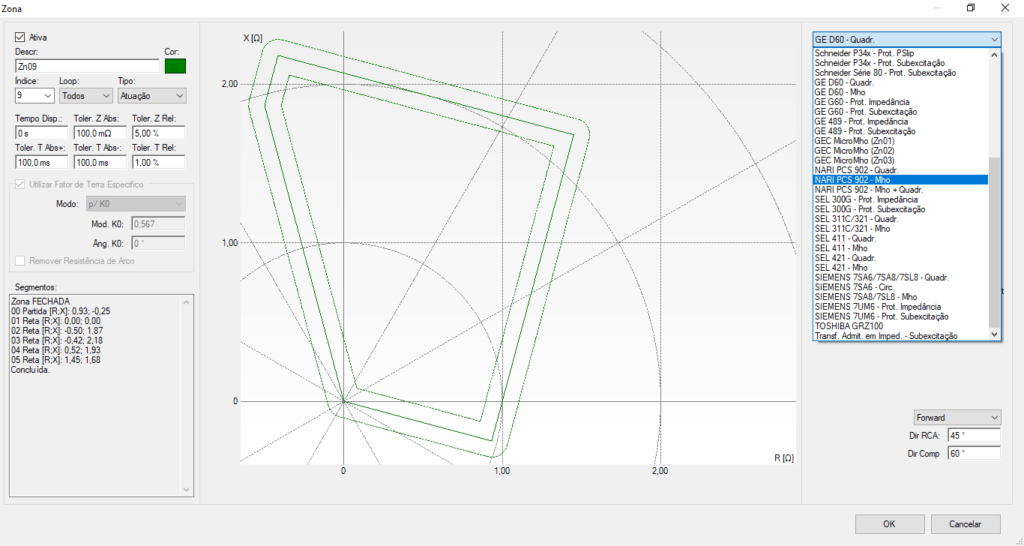

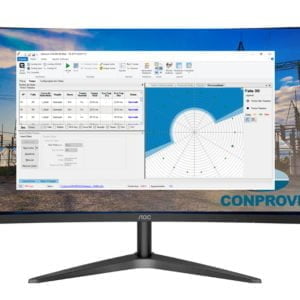
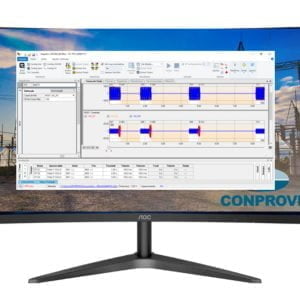

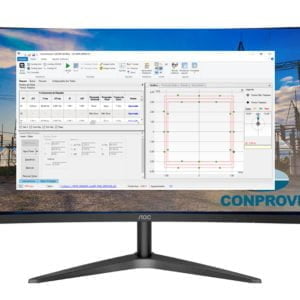
Reviews
There are no reviews yet.